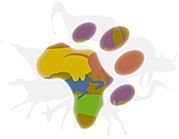
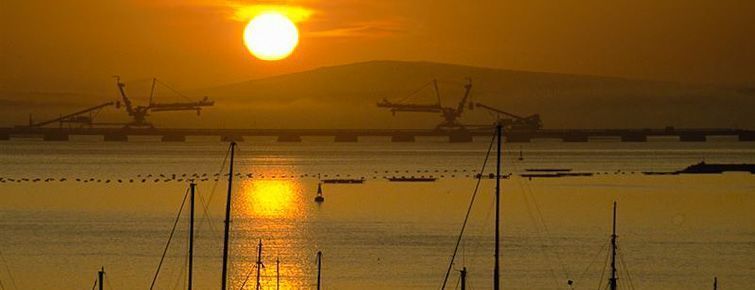
Saldanha Bay
The seaside village of Saldanha Bay is situated on the northern end of Saldanha Bay on the Cape West Coast in South Africa. The bay is the largest bay on the South African Coast and a centre for nature conservation and eco tourism. It is home to a multitude of birds including sea gulls, cape gannet, cormorants, 'duikers' and terns. The bay also offers excellent deep sea diving and whale watching opportunities.
The Saldanha Bay village is predominantly a fishing village producing fish, cray fish, oysters and seaweed. The harbour is dominated by the Sishen-Saldanha project. Iron ore is mined far inland in the Northern Cape and then transported by special trains to Saldanha for export. It is also home to a naval training base as well as a military academy.
The first European sea traders to arrive at Saldanha arrived about 500 years ago. Fossil evidence indicates humans lived here as far back as 117000 years ago. The nearby West Coast Fossil Park contains the richest collection of fossils in the world, including fossils of more than 200 species.
Paternoster, situated to the north of Saldanha Bay, is a popular place to visit. This cosy fishing village and traditional trading shop attracts many visitors. The same applies to 'Tieties Baai' (Bay), close to Paternoster.
See tours that include Saldanha Bay. or use our TOUR FINDER to search for tours.
Saldanha Bay attractions
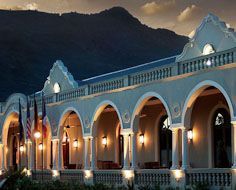
Riebeek-Kasteel
The town Riebeek-Kasteel is situated in the picturesque Riebeek Valley, approximately 80 km northwest of Cape Town. In 2009 it was voted one of the three most beautiful towns in the Western Cape. The attraction for tourists lies in the beauty and tranquility of the town and its surroundings.
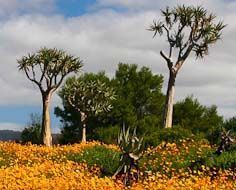
Clanwilliam
Clanwilliam is a town in the Western Cape situated in the Olifants River Valley. The town lies between the Cederberg Mountains to the east and the Clanwilliam Dam to the west. It is one of the ten oldest towns in South Africa and the town centre contains no less than 7 National Monuments.
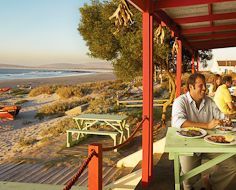
Paternoster
Paternoster, a small fishing village situated on the Cape West Coast, is a popular weekend destination for Capetonians and other locals. The name Paternoster refers to the “our Father” prayer of Portuguese sailors who were shipwrecked in the area. The town is famous for its abundance of crayfish, its traditional fisherman's architecture and endless pristine sandy beaches.
